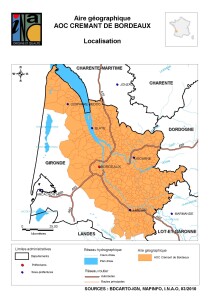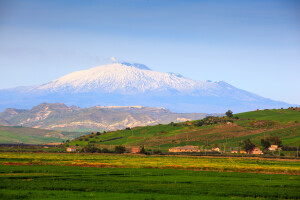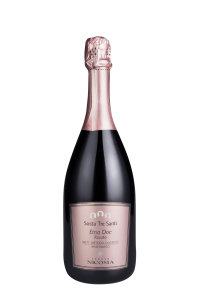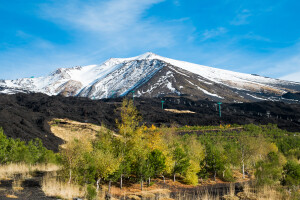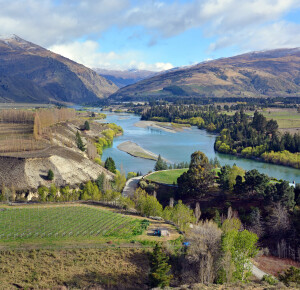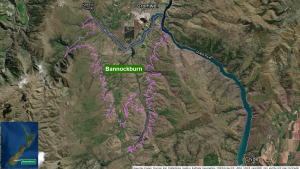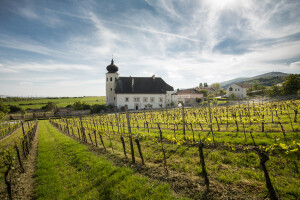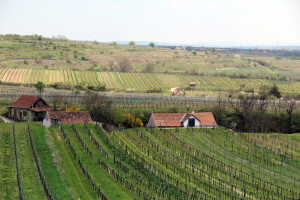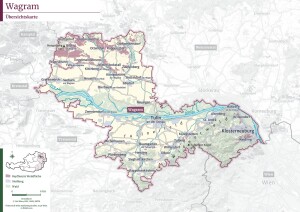 Sparkling wine made in Bordeaux—as produced under the Crémant de Bordeaux AOC—has always been something of an enigma. After all, Bordeaux is known as the land of Merlot and Cabernet Sauvignon.
Sparkling wine made in Bordeaux—as produced under the Crémant de Bordeaux AOC—has always been something of an enigma. After all, Bordeaux is known as the land of Merlot and Cabernet Sauvignon.
However, traditional method sparkling wine is produced in Bordeaux—using the same slate of grapes as are allowed in the more recognizable dry red and sweet white wines of the region. While the output is small—as little as 2.7% of the region’s total output, for a typical annual output of just over six million bottles—sparkling wines have been made in the area for a little over one hundred years. The specific appellation for bubbly—Crémant de Bordeaux AOC—was originally approved (for white and rosé sparkling wine) in 1990.
The white wines—Crémant de Bordeaux Blanc—may be produced using a minimum of 70% (combined) Cabernet Franc, Cabernet Sauvignon, Merlot, Malbec, Petit Verdot, Carmenère, Muscadelle, Sémillon, Sauvignon Blanc, and Sauvignon Gris; (optionally) accompanied by up to 30% of the accessory varieties (Colombard, Merlot Blanc, and Ugni Blanc). However, a typical bottle of Crémant de Bordeaux Blanc will be based on Sémillon (which accounts for over 60% of the vineyards dedicated to Bordeaux bubbly) and Sauvignon Blanc.
Until recently, Crémant de Bordeaux Rosé was allowed to be made using the red grapes of the region—Cabernet Franc, Cabernet Sauvignon, Merlot, Malbec, Petit Verdot, and Carmenère—only. However, this has recently changed.
The Cahier des Charges for the Crémant de Bordeaux was updated in November of 2021, and with the publication in the Official Journal of the EU on February 24, 2022, the following change was made—rosé may be produced using a minimum of 70% of the named red grapes; the other 30% may comprise certain white grapes of Bordeaux. The allowed white grapes include Muscadelle, Sémillon, Sauvignon Blanc, and Sauvignon Gris. Of these, Sauvignon Blanc and Sauvignon Gris are limited to a maximum of 10% of the blend (each).
According to this article published by Meininger’s Wine Business International in July of 2021, the changes are intended to counteract future issues that may arise from climate change, as well as to allow for the creation of a crisp, “fresher” flavor profile in Crémant de Bordeaux Rosé. The changes will be in force as of the 2021 vintage.
References/for more information:
- Cahier des Charges-Crémant de Bordeaux AOC-update Nov 2021
- Extract from the Offical Journal of the EU—February 24 2022
- https://www.planete-bordeaux.fr/en/who-are-we/presentation-en/our-appellations
- https://cremants.com/en/cremant-de-bordeaux/
- https://www.wine-business-international.com/wine/news/variety-expansion
Post authored by Jane A. Nickles…your blog administrator: jnickles@societyofwineeducators.org
